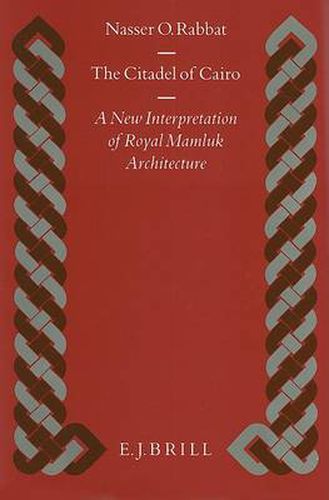Readings Newsletter
Become a Readings Member to make your shopping experience even easier.
Sign in or sign up for free!
You’re not far away from qualifying for FREE standard shipping within Australia
You’ve qualified for FREE standard shipping within Australia
The cart is loading…






This architectural history of the Citadel of Cairo uses indices from maps, photographs, plans of hitherto unstudied structures and an array of historical documents to chronologically reconstruct the Citadel’s development from its foundation by Salah al-Din until it reached its most monumental form in the middle of the 14th century. The study analyzes the influence of Mamluk socio-political hierarchy on the conceptualization of the Citadel’s spaces and forms; assesses its impact on medieval Cairo; proposes a new interpretation for the development of Mamluk royal architecture; and presents new definitions for a number of medieval architectural terms. By weaving the history of the Citadel together with the history of Cairo and the Mamluk system, this book is intended to be of relevance to historians of architecture and urbanism and medieval historians.
$9.00 standard shipping within Australia
FREE standard shipping within Australia for orders over $100.00
Express & International shipping calculated at checkout
This architectural history of the Citadel of Cairo uses indices from maps, photographs, plans of hitherto unstudied structures and an array of historical documents to chronologically reconstruct the Citadel’s development from its foundation by Salah al-Din until it reached its most monumental form in the middle of the 14th century. The study analyzes the influence of Mamluk socio-political hierarchy on the conceptualization of the Citadel’s spaces and forms; assesses its impact on medieval Cairo; proposes a new interpretation for the development of Mamluk royal architecture; and presents new definitions for a number of medieval architectural terms. By weaving the history of the Citadel together with the history of Cairo and the Mamluk system, this book is intended to be of relevance to historians of architecture and urbanism and medieval historians.